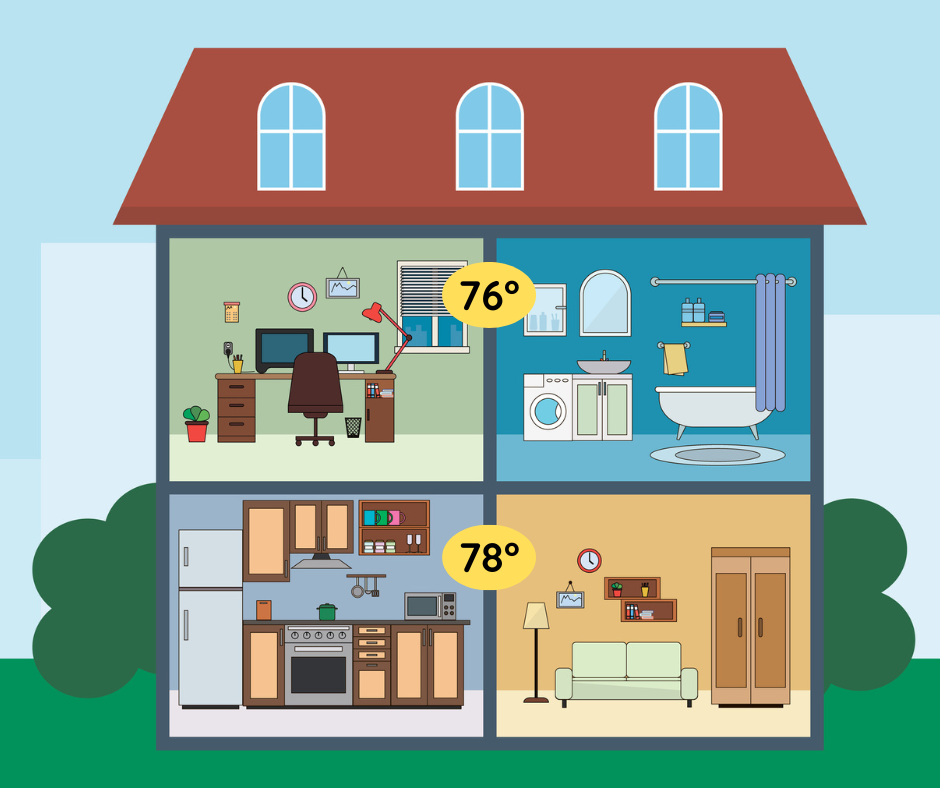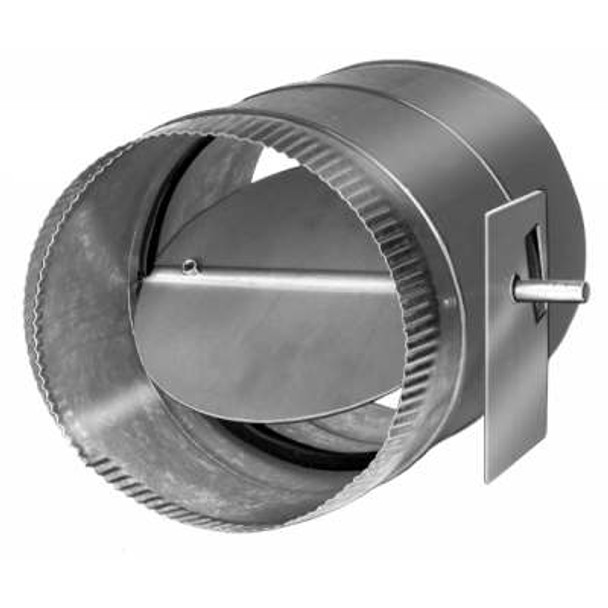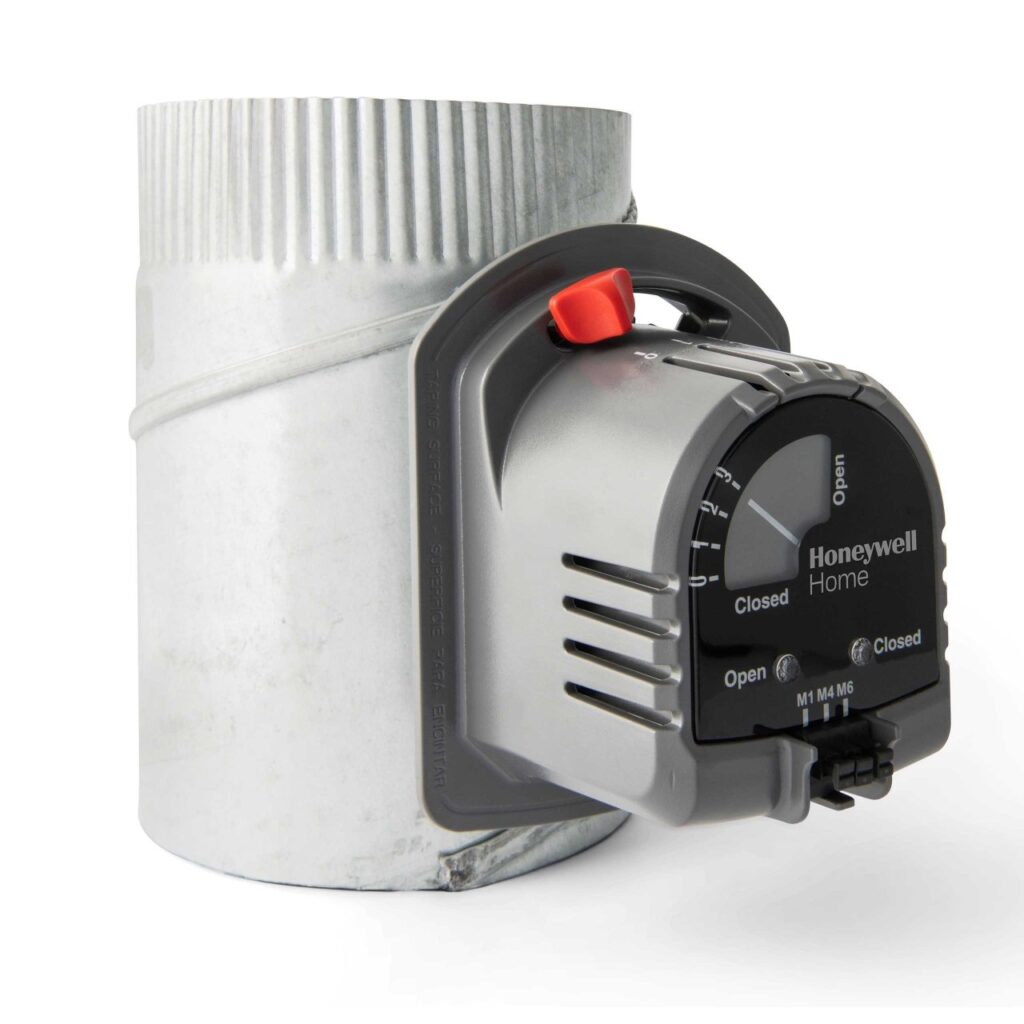
Zone systems within your central heating and air conditioning system allow you to control the temperature in specified zones of your home. System efficiency and comfort the biggest benefits of this kind of system.

When you come home in the evening and turn the light switch on all the lights in the house don’t turn on. Why should your heating and air system work any differently?
The most common set up for a zone system is with two thermostats. For a two-story home, we can usually split the zones into upstairs and downstairs. For single story homes, most customers prefer to have one thermostat serving the living areas and a second thermostat controlling the bedroom spaces. Since you aren’t usually using both zones at the same time, this allows the heating and cooling system to run less often to maintain the set temperature.


How it works is we install dampers in existing duct system. Using a control board the dampers talk to each other via the thermostats. You program each zone thermostat the way you want it, just like when you have a single thermostat. The dampers then open and close depending on which zone is calling for either heat or cool.
When you pair zone systems with programmable or smart thermostats it will give you even more control over your homes heating and cooling. You’ll no longer be over cooling or over heating areas in your home to compensate for rooms that don’t receive as much warm or cold air. For example, no more blasting your a/c to cool down the upstairs while you are wearing sweatshirts downstairs. Increased comfort is the main focus of a central HVAC zoned system.
You still have your one heating and cooling system, but now with two (or more) thermostats!
Enhanced comfort, less energy used, and less wear and tear on your central heating and air system are all benefits of a multi-zoned forced air system.
Whether adding to an existing heating and cooling system, or at the same time as new equipment, we’ve got you covered. Get in touch with our trained HVAC professionals here at Perfection Home Systems today.

